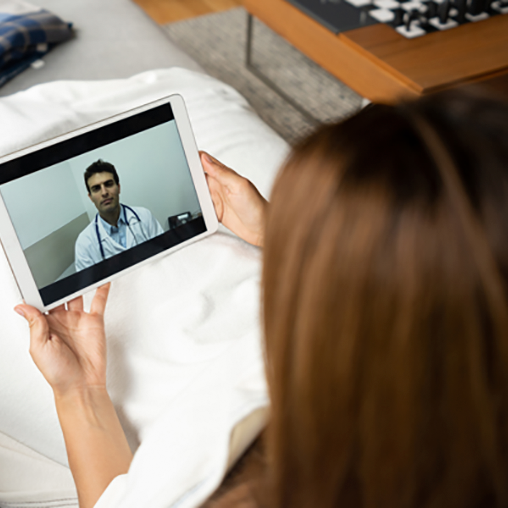Stayc Simpson’s heart felt like it was racing out of her chest when she woke up at her Miami home on March 18. Having lived with a heart failure diagnosis for 10 years, she quickly checked her vital signs. “My blood pressure was high — 190/100 — and my heart rate was 145,” she said. “My defibrillator is set to go off at 175, and it's only gone off once in my life.”
Simpson had to get to the hospital, but her cardiac event happened just days after Miami leaders began implementing orders to slow the spread of the coronavirus pandemic, and she knew that people with cardiovascular disease have a higher risk of serious complications from COVID-19.
Don’t Put Off Cardiovascular Care
Worries about exposure to the coronavirus, or that hospitals may be overwhelmed with COVID-19 patients, have led to significantly fewer people seeking treatment for heart attacks and other cardiovascular events. Organizations like the American Heart Association are working to educate patients that enhanced protocols around COVID-19 help ensure that hospitals remain safe for non-COVID patients. At the same time, the risks of postponing care for chronic health issues, or medical emergencies, can pose a greater risk than COVID-19.
Because Simpson went to the hospital just as the pandemic was starting to unfold, she experienced delays in care. Intake screening about her travel history and contacts with potentially infected people led to her be admitted to the COVID-19 area of the hospital, where she was unable to see her cardiologist while she awaited her test results. Eventually her heart rate leveled out and the ER doctor sent her home to self-quarantine until she received confirmation that her COVID test was negative, days later.
“The pandemic at that point still hadn’t really been defined in a lot of ways, and now there are way more protocols in place,” she says. “But I know I made the right choice. There was something wrong and I needed to go to the ER."
Managing Cardiovascular Disease through Prevention, Communication and Technology
Because of the risk of COVID-19, Simpson became even more vigilant about monitoring her condition and maintaining a precise schedule with the 14 medications she takes for her condition. “I check my heart rate numerous times a day. I check my blood pressure twice a day. I have a pulse oximeter to check my oxygen levels. And I have a digital scale to weigh myself twice a day," she says. “I’m very strict about when I take my medications, and I bring them with me everywhere I go.” Simpson is also doing more frequent check ins with her care team through virtual visits. “Since this incident happened, my cardiologist stepped in and we started doing telemedicine twice a week,” she says. “We’ve been able to change my medication regimen, and now my heart failure enzymes are lower than they’ve ever been since I was diagnosed."
Simpson says the close partnership she has built with her care team, and the ability to contact her cardiologist and physician's assistant any time, has created a positive outcome while navigating her care during the pandemic.
“The incident with my heart rate happened four more times, but I have both of their phone numbers so I can call them directly before I go the hospital,” she says. “Communication is really the key. I can express to my doctor how I’m feeling, and he’s able to make the changes, and then the PA is able to follow along and make sure everything else is correct.”





